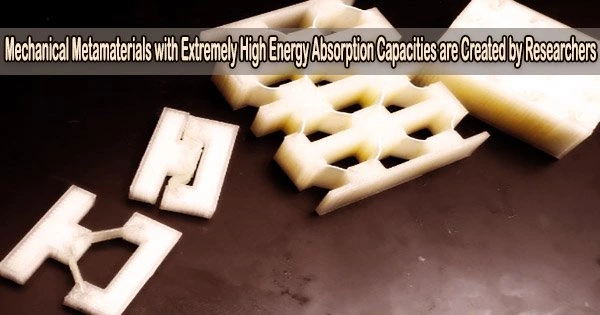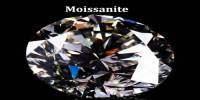Ion track technology has been used by Chinese researchers to create mechanical metamaterials with extremely high energy absorption capacities. As an Editor’s Highlight, the findings were published in Nature Communications.
The study was carried out by Chongqing University researchers working with those from the Materials Research Center of the Institute of Modern Physics (IMP) of the Chinese Academy of Sciences (CAS).
Mechanical metamaterials are a subset of composite materials having artificially fabricated structures that possess exceptional mechanical capabilities not seen in more conventional materials.
Among them, mechanical metamaterials that absorb mechanical energy more effectively must possess both high strength and high strain capacity, two properties that, in most cases, do not coexist.
A new class of mechanical metamaterials known as nanolattices has distinctive sizes on the nanoscale. The mechanical properties of this class of porous materials differ significantly from those of bulk materials as a result of size effects, geometrical configuration, and material choice.
Nanolattice is anticipated to deliver innovative applications in the realm of high-performance functional materials in the future due to its even better mechanical qualities with reduced weight.
Beam-structured nanolattice is the research focus of nanolattice metamaterials. Although its mechanical properties are yet unknown, it has been difficult to produce metallic beam nanolattices with beam diameters less than 100 nm.
In this work, based on the Heavy Ion Research Facility at Lanzhou (HIRFL), the researchers fabricated a new type of quasi-body centered cubic (quasi-BCC) beam nanolattice mechanical metamaterial with ion track technology. A record-low beam diameter for mechanical metamaterials, the quasi-BCC nanolattice’s beam diameter can be as small as 34 nm.
Additionally, the scientists showed that gold and copper quasi-BCC beam nanolattices exhibit exceptional compressive strength and energy absorption capabilities. The results of the research demonstrated that the copper quasi-BCC beam nanolattice had a higher energy absorption capacity than the beam nanolattice that had previously been described.
At less than half the density of the latter, the yield strength of the gold and copper quasi-BCC beam nanolattices is greater than that of the comparable bulk materials.
Furthermore, the researchers found that the synergistic impacts of size effects, quasi-BCC shape, and high metal ductility are what primarily account for the exceptional mechanical capabilities.
This investigation clarifies the mechanical characteristics of the beam nanolattices and employs ion track technology as a novel approach to investigate beam nanolattices with extremely high energy absorption capacities.
















